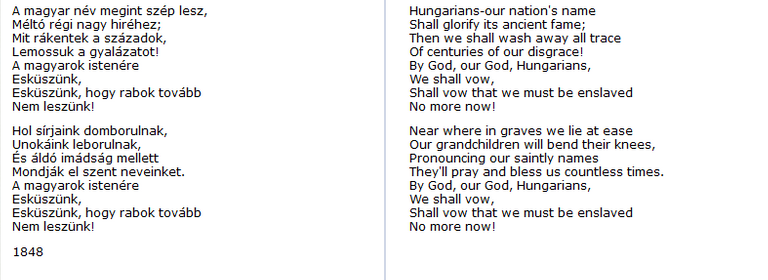The best thing about art exhibitions is that you have no idea what is waiting for you. Even if you think you have an idea, you get in and see that you were wrong. My strategy is to never have expectations, not only because I know very little about art, but also because I'm always amazed about what I see at every exhibition. I must confess, most of the exhibitions I visited were wonderful, so I can't complain.
Today I'd like to show you the rest of the artworks I saw at the last exhibition I visited, that was organized to commemorate 200 years from the birth of the great Hungarian poet and revolutionary, Sándor Petőfi. This is why most of the artworks were carrying a revolutionary message.
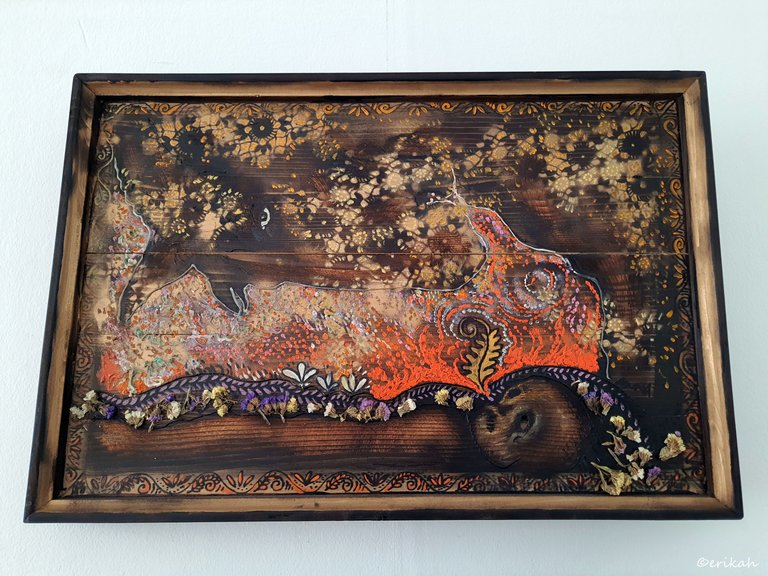
This however failed to do that, or I failed to see it :). Knowing myself, most likely it's the latter. I saw a similar artwork not long ago. This is painted wood and has some dry flowers glued to it as well.
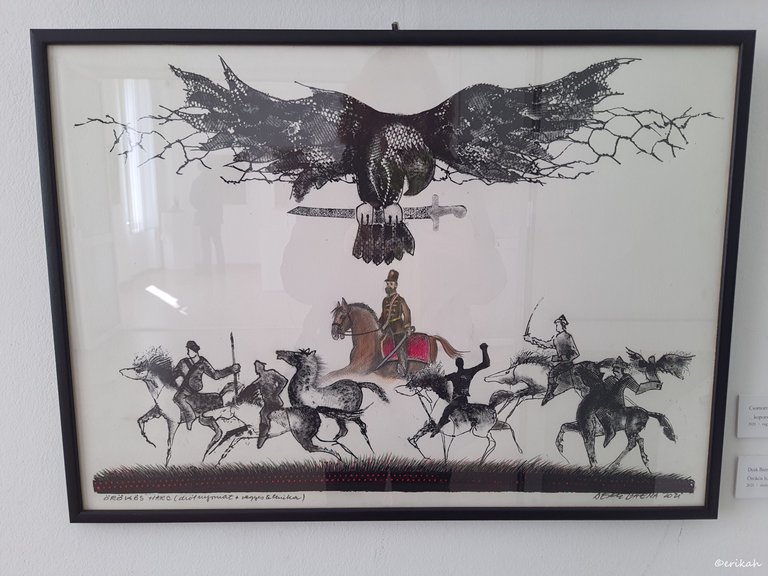
This one looks more revolutionary. The title of this one is Eternal fight and has all the elements that could symbolize that. The revolution the poet was fighting took place in 1848, that's why you see soldiers riding horses. The eager with the sword was an excellent idea.
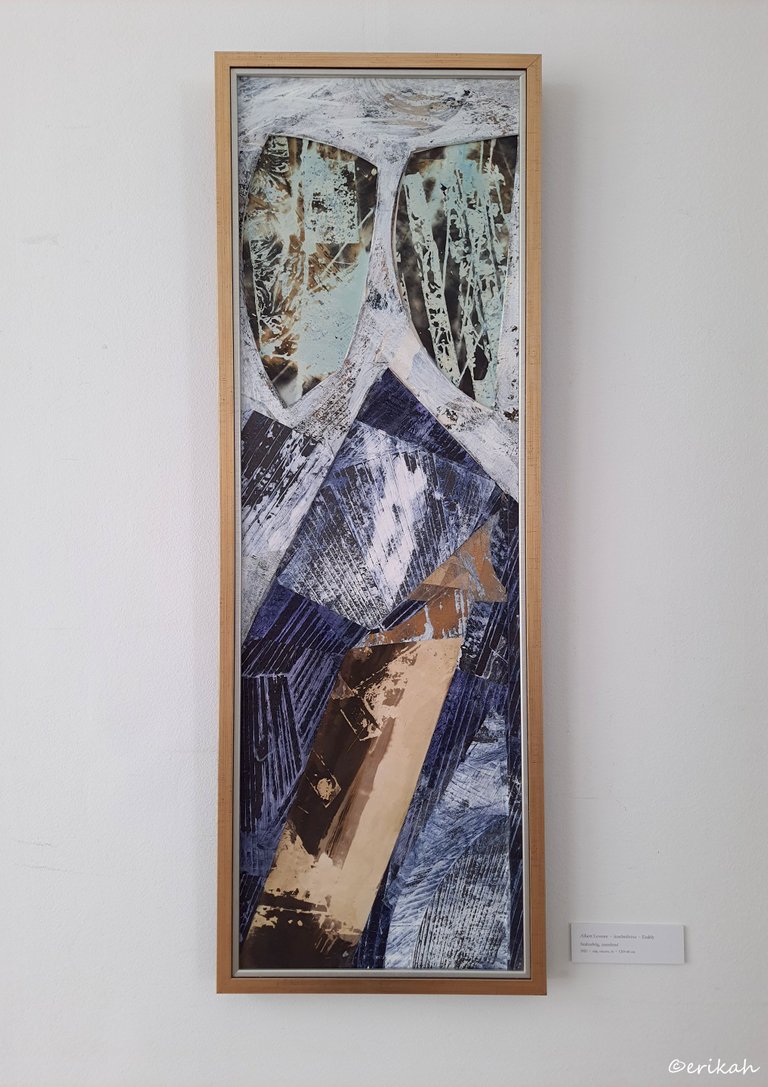
Don't tell anyone but you can buy me with these colors. That shade of blue and green do well together. About the painting, it looked great but could not figure out what the artist meant.
The artwork is called Freedom, Love, which is the title of one of the poems, written by the poet.
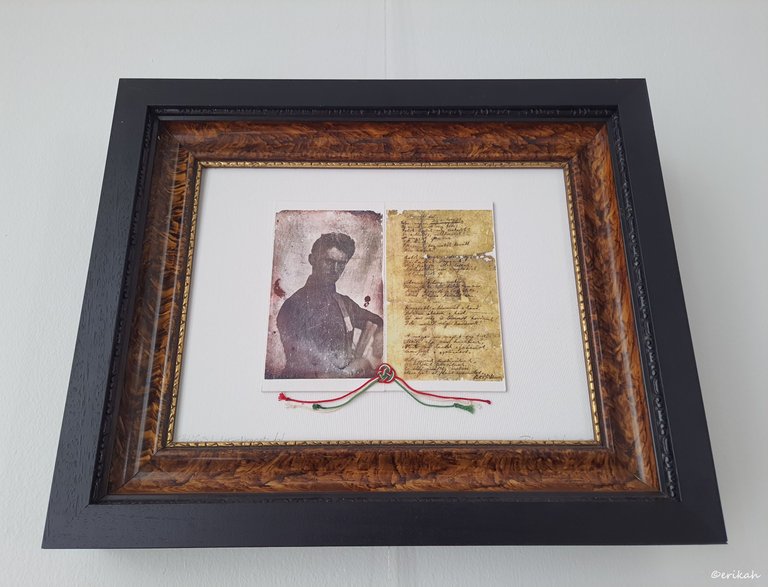
This is not exactly an artwork, but it's maybe the most valuable one. What you see here is the poet's portrait (he died at 26) and next to it the manuscript of National Song
He is the author of the Nemzeti dal (National Song), which is said to have inspired the revolution in the Kingdom of Hungary that grew into a war for independence from the Austrian Empire. source
The Nemzeti dal ("National Song") is a Hungarian patriotic poem written by Sándor Petőfi that is said to have inspired the Hungarian Revolution of 1848[citation needed]. Petőfi read the poem aloud on March 15 on the steps of the Hungarian National Museum in Budapest to a gathering crowd, who by the end were chanting the refrain as they began to march around the city, seizing the presses, liberating political prisoners, and declaring the end of Austrian rule. source
Hungarians celebrate the anniversary of the revolution on March 15. Red-white-green ribbons are worn to commemorate the fallen revolutionaries and the ideal of the revolution. Hungary briefly achieved independence from 1848–1849, but was defeated by the combined forces of the Habsburgs and the Russian Empire. Despite its ultimate defeat, the revolution initiated a chain of events that led to the autonomy of Hungary within the new Austro-Hungarian Empire in 1867. source
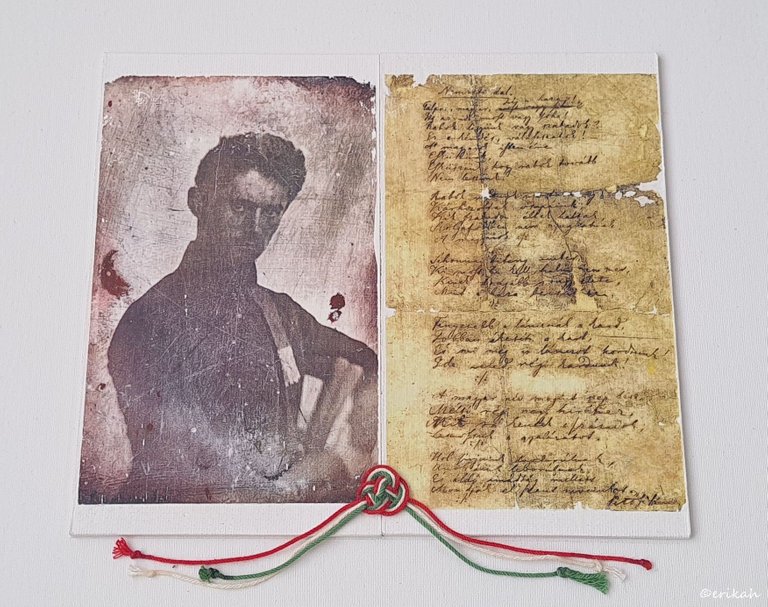
It is a miracle that this manuscript was found, as the poet went missing in the Battle of Segesvár.
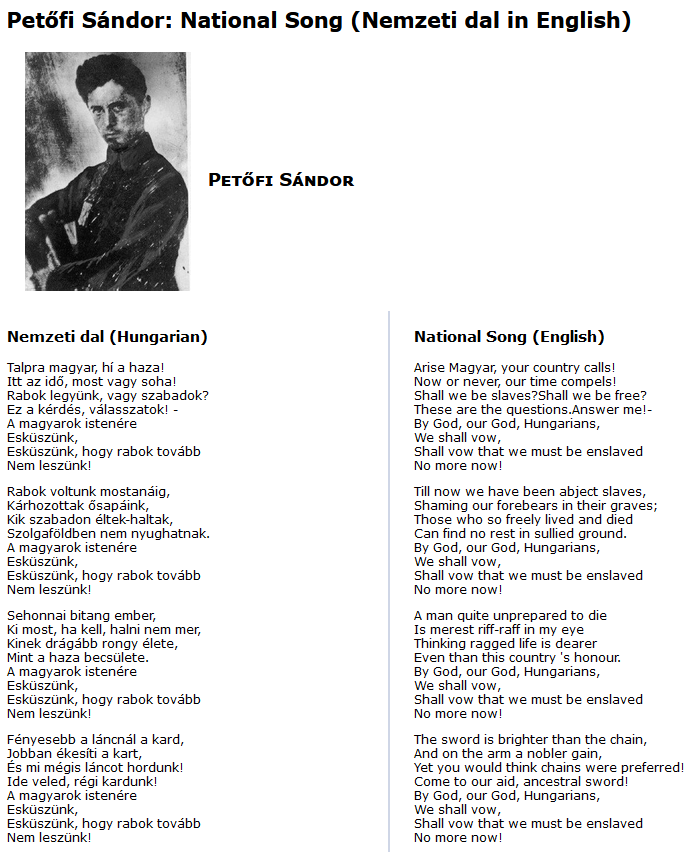
I'm giving you the translation of the poem. The text is pretty impressive and as I said in my previous post, Petőfi did not just write empty words as he died for freedom at a young age of 26.
There was music composed to match the poem, which is very popular ever since. If you feel brave enough, you can listen to it, here's the video :)
Moving on, there were other cool artworks as well.
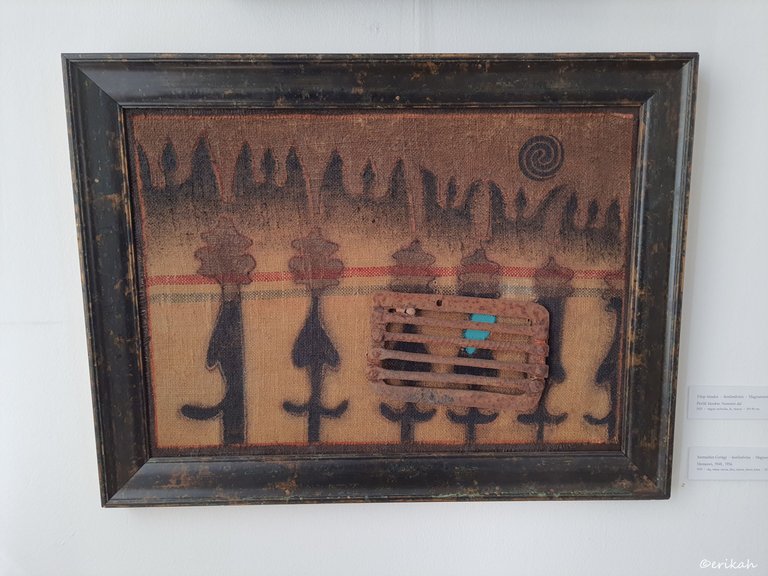
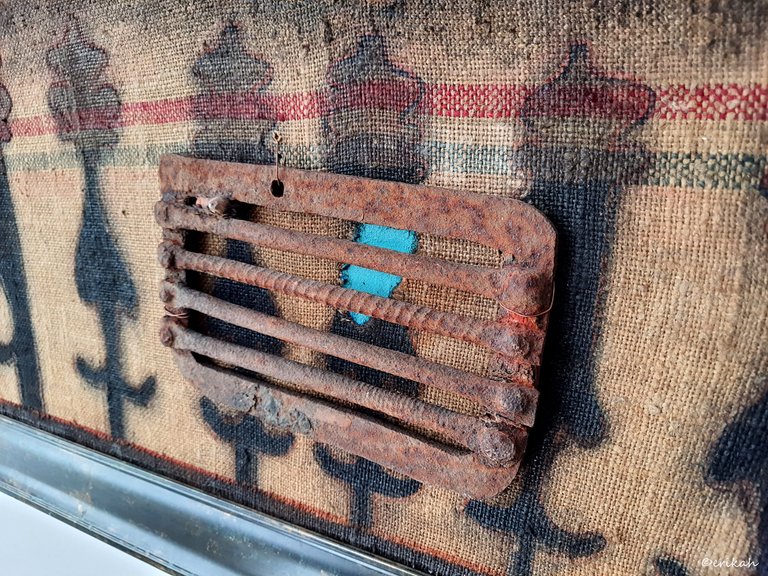
This was an odd, but interesting one. I've never seen anything similar so far, but it makes sense. This artwork is called Reminder and that grate most likely symbolizes the lack of freedom. The rough canvas has the Hungarian flag but the colors are really washed.
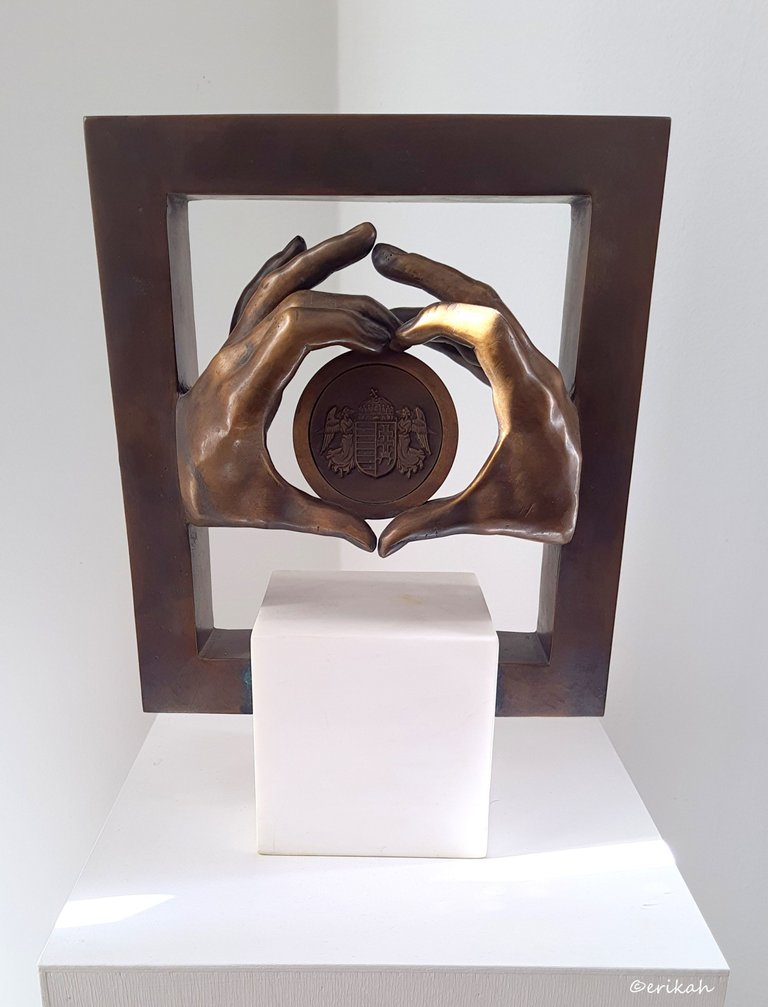
A hand holding a big coin like piece with the crest of Hungary. Too bad the light was not the best.
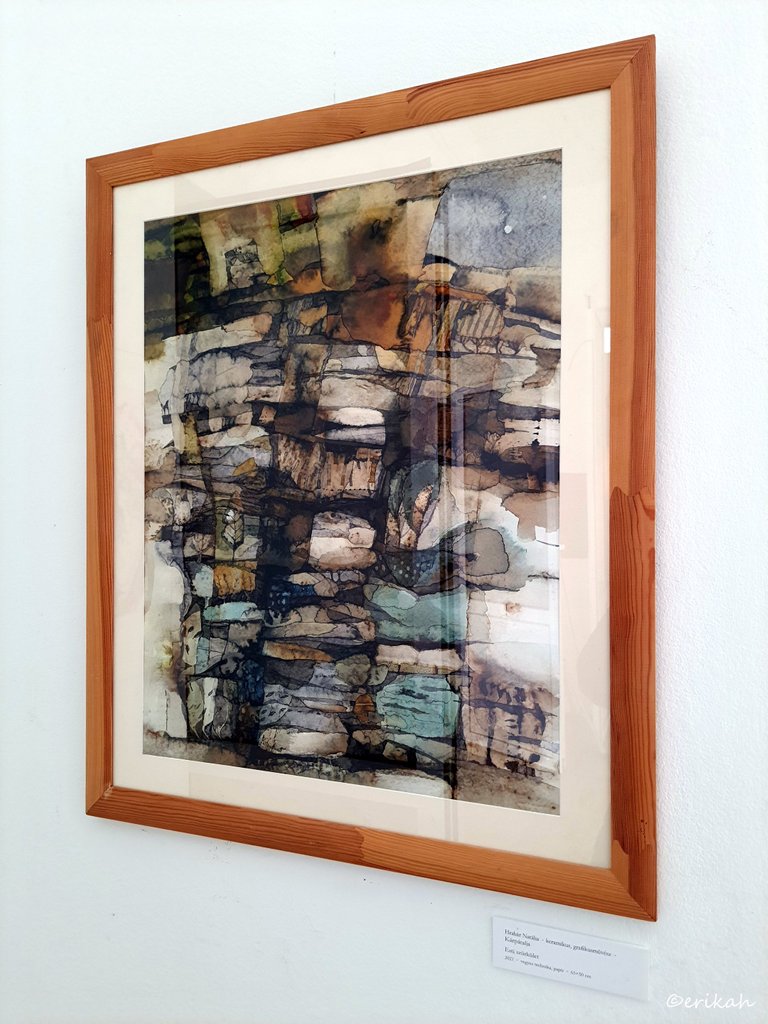
This was a painting that I would buy gladly. The colors are absolutely amazing. It's called Evening Twilight. I love it!!! And the frame is perfect, although I could imagine another one as well, but overall I was satisfied with it.
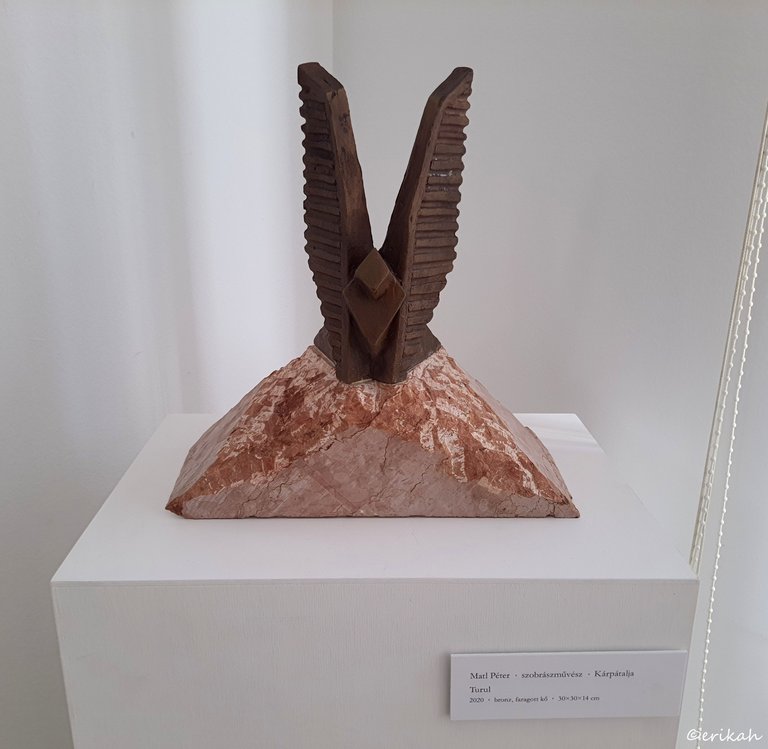
Turul
The Turul is a mythological bird of prey, mostly depicted as a Falcon, in Hungarian tradition and Turkic tradition, and a national symbol of Hungarians. source
When I saw the sculpture, I knew right away what it was. Placing it on that stone was a brilliant idea. Bronze goes well with that color.
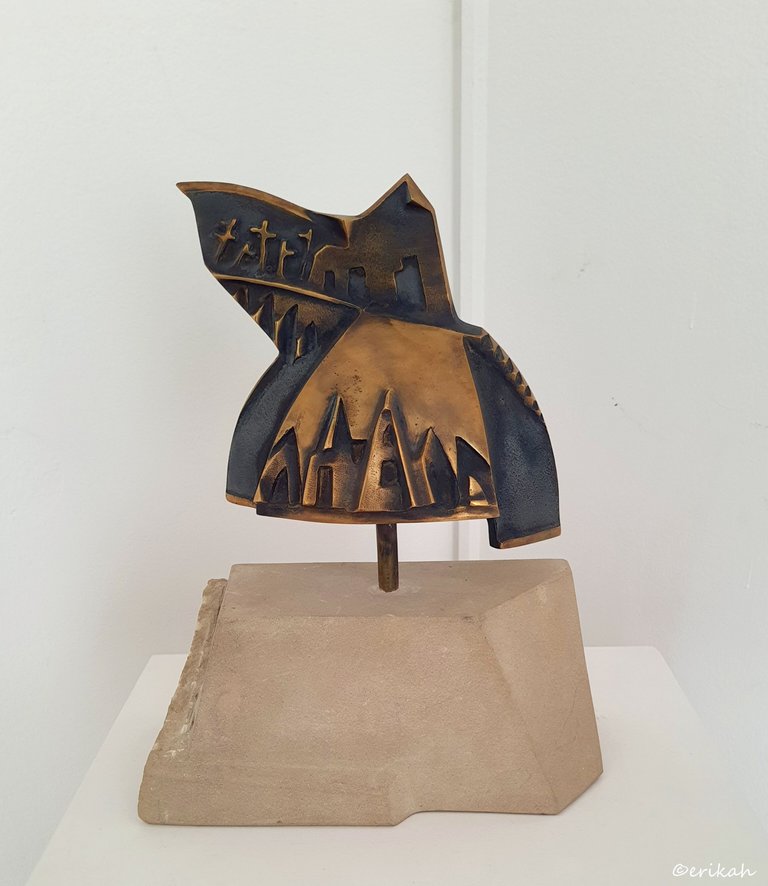
Zoboralja
Zoboralja or Zoborvidék is a historical landscape unit in Slovakia, which lies on the southern spurs of the Tribecs mountain range northeast of Nitra, the mountain chain between Zobor and Zsibrice, and on both sides of Piliske. source
If you have a close look, you can see there's a church or a castle features on the bronze piece and I suppose in the upper part there are the crosses from the cemetery. The church and the cemetery usually means history.
So I hope you can find something you like here. Let me know.

If you're a newbie, you may want to check out these guides:
- Communities Explained - Newbie Guide
- Cross Posting And Reposting Explained, Using PeakD
- Hive Is Not For Me
- How To Pump Your Reputation Fast - Newbie Guide
- Tips And Tricks & Useful Hive Tools For Newbies
- More Useful Tools On Hive - Newbie Guide
- Community List And Why It Is Important To Post In The Right Community
- Witnesses And Proposals Explained - Newbie Guide
- To Stake, Or Not To Stake - Newbie Guide
- Tags And Tagging - Newbie Guide
- Newbie Expectations And Reality

